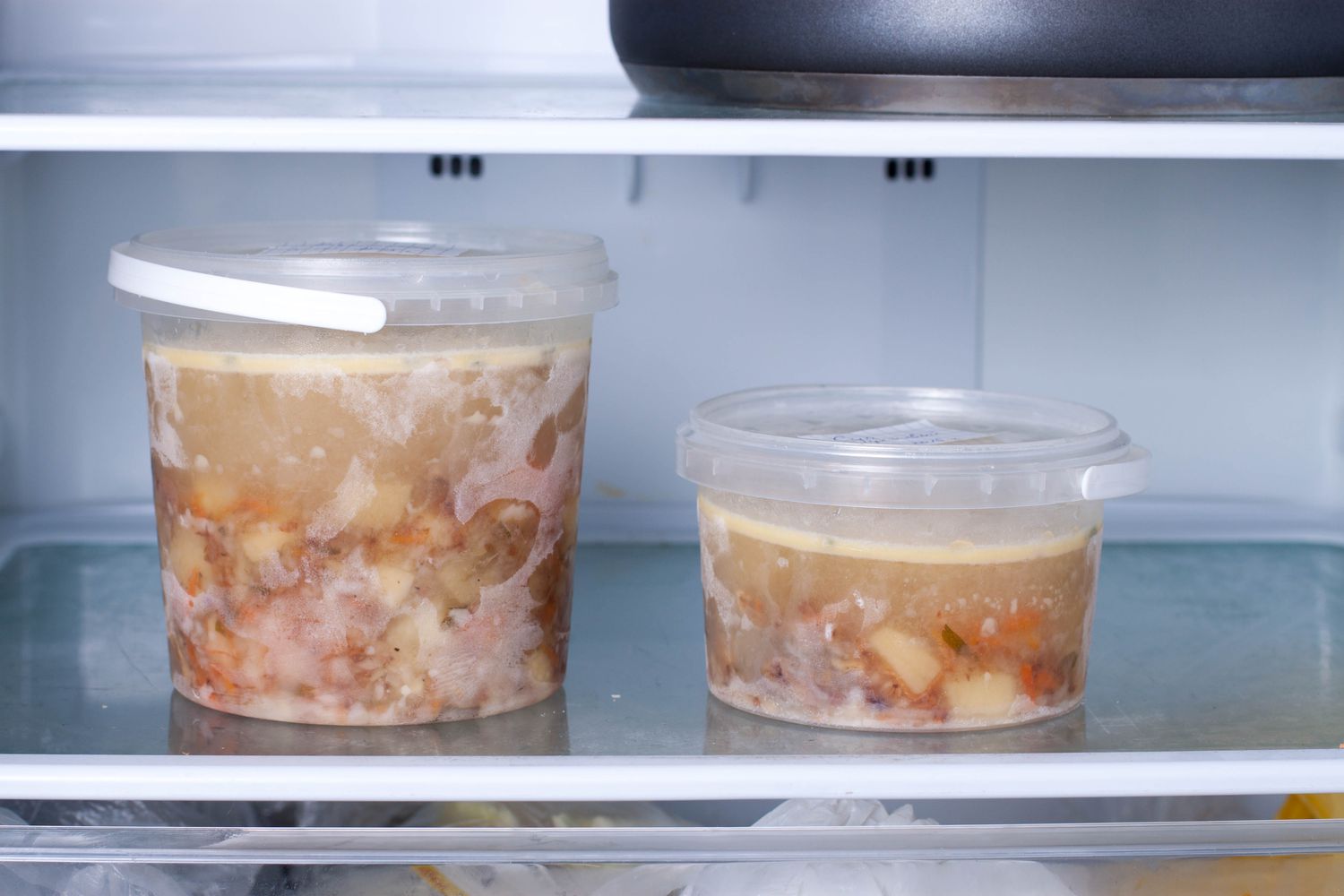

Articles
How To Store Soup In Freezer
Modified: February 20, 2024
Discover the best techniques for storing soup in the freezer with our informative articles. Learn how to preserve the flavors and extend the shelf life of your favorite soups.
(Many of the links in this article redirect to a specific reviewed product. Your purchase of these products through affiliate links helps to generate commission for Storables.com, at no extra cost. Learn more)
Introduction
When it comes to storing soup in the freezer, proper techniques and containers can make all the difference. Whether you have a surplus of homemade soup or want to prepare a batch in advance for busy days, knowing how to store soup in the freezer is essential for preserving its freshness and taste.
Freezing soup not only allows you to save time and effort by having ready-to-eat meals on hand, but it also helps reduce food waste. However, improper freezing methods can lead to freezer burn, loss of flavor, and a less-than-ideal texture. To avoid these pitfalls and maximize the quality of your frozen soup, follow these steps for successful soup storage.
From choosing the right containers to preparing the soup for freezing and properly labeling the containers, we will guide you through every step of the process. We will also cover the crucial aspects of storing, thawing, and reheating soup to ensure that it maintains its delectable taste and texture even after being frozen.
Whether you’re a seasoned chef or a beginner in the kitchen, this comprehensive guide will equip you with all the information you need to store your soup in the freezer effectively. So, let’s dive in and learn the best methods for freezing and preserving your delicious homemade soups.
Key Takeaways:
- Properly freezing soup involves choosing the right containers, preparing the soup for freezing, and labeling containers for easy identification. Following these steps ensures your frozen soup stays fresh and flavorful.
- Thaw and reheat frozen soup gently to preserve its taste and texture. Use quality ingredients, portion wisely, and keep a well-labeled inventory to make the most of your frozen soups.
Read more: How To Store Soup In The Freezer
Choosing the Right Containers
When it comes to freezing soup, selecting the right containers is a crucial step to ensure its quality and longevity. Here are some factors to consider when choosing the containers:
- Freezer-safe containers: Opt for containers that are specifically labeled as freezer-safe. These containers are designed to withstand low temperatures and prevent freezer burn, ensuring that your soup stays fresh and flavorful.
- Airtight containers: Airtight containers are essential to prevent the soup from absorbing unwanted odors and prevent freezer burn. Look for containers with tight-fitting lids or consider using quality reusable zipper bags designed for freezer use.
- Size and shape: Consider the portion sizes you’ll need when choosing the container size. A good rule of thumb is to use smaller containers that hold individual or family-sized portions. This allows you to defrost only what you need without wasting any leftovers.
- Stackable containers: If you have limited freezer space, opt for stackable containers. These will maximize the use of vertical space in your freezer and make it easier to organize and store your frozen soup.
- Material: Glass, plastic, and silicone are popular choices for soup containers. Glass containers are sturdy, non-reactive, and can be reheated in the oven. Plastic containers are lightweight and flexible but choose BPA-free options. Silicone containers are collapsible, making them convenient for storage when not in use.
It’s important to note that some materials may be more prone to cracking or breaking when exposed to extreme temperature changes. Be sure to check the manufacturer’s instructions for temperature limits and handling guidelines.
By carefully choosing the right containers for freezing your soups, you can ensure that they remain fresh, flavorful, and safe to eat. The next step is to prepare your soup for freezing.
Preparing Soup for Freezing
Before you can freeze your soup, there are a few key steps to follow to ensure its quality and longevity. Here’s how to prepare your soup for freezing:
- Cool the soup: Allow your soup to cool completely before freezing. Hot soup can raise the temperature inside your freezer and potentially affect the quality of other frozen foods. Place the pot of soup in a cool water bath or divide it into smaller, shallow containers to speed up the cooling process.
- Remove excess fat: If your soup has a layer of fat on top, consider removing it before freezing. Removing excess fat can help preserve the taste and consistency of the soup. One way to do this is to gently skim the fat off the surface using a ladle or spoon. Alternatively, you can let the soup cool in the refrigerator overnight, allowing the fat to solidify and then easily remove it the next day.
- Divide into portions: Consider dividing your soup into smaller portions before freezing. This can be done by ladling the soup into individual serving-size containers or freezer bags. Dividing the soup into smaller portions allows for easier thawing and reduces the risk of waste. Aim for portion sizes that can be consumed in one sitting.
- Label and date: It’s crucial to label each container or bag with the name of the soup, the date it was prepared, and any reheating instructions. This information will help you keep track of the contents and ensure that you use the oldest soup first.
By following these steps, you’ll be well-prepared to freeze your soup effectively. The next step is to fill and label your containers or bags before placing them in the freezer.
Filling and Labeling Containers
Now that your soup is ready to be stored, it’s important to properly fill and label your containers or bags to ensure easy identification and organization. Here are some tips for filling and labeling your soup containers:
- Fill containers with care: When filling your containers, leave some headspace to allow for expansion as the liquid freezes. Typically, leaving about 1 inch of space at the top should be sufficient. This prevents the containers from bursting or cracking in the freezer.
- Consider portion sizes: If you’re using individual serving-size containers, fill them with the appropriate portion of soup. This ensures that you can defrost and enjoy one serving at a time without having to thaw the entire batch.
- Avoid overfilling: Be mindful not to overfill your containers or bags, as the soup will expand when frozen. Overfilled containers can burst, and overfilled bags may not seal properly. It’s better to slightly underfill the containers than risk any leaks or breakages.
- Label with necessary information: Clearly label each container or bag with the name of the soup, the date it was prepared, and any reheating instructions. This is especially important if you tend to have multiple varieties of soup in your freezer. It will help you quickly identify and choose the soup you want to thaw and enjoy.
- Use freezer-safe labels: Make sure to use labels that are specifically designed to withstand freezer temperatures. Regular labels or tape may not hold up and can become unreadable when in contact with moisture from the freezer.
- Organize and stack: Place your labeled containers or bags in an organized manner in your freezer. Stack them carefully to make the most of the available space. Consider arranging them by date or type of soup if you have multiple varieties.
By following these guidelines for filling and labeling your soup containers, you’ll have a well-organized freezer with easy-to-identify portions of delicious soup. Now, it’s time to store your soup in the freezer and ensure that it stays fresh until you’re ready to enjoy it.
When storing soup in the freezer, use airtight containers or resealable freezer bags to prevent freezer burn. Be sure to leave some room at the top of the container for the soup to expand as it freezes. Label the containers with the date and type of soup for easy identification.
Storing Soup in the Freezer
Storing soup in the freezer properly is crucial for maintaining its quality and flavor. Here are some important steps to follow when storing your soup in the freezer:
- Select a suitable location: Choose a flat surface in your freezer where the soup containers or bags can sit undisturbed. Avoid placing them near the freezer door or in areas where they may be exposed to temperature fluctuations.
- Take advantage of freezer space: Arrange your soup containers or bags in such a way that they make the most of the freezer space. Consider stacking them or placing them in a single layer based on your freezer’s capacity. This will help you utilize the space efficiently and avoid overcrowding.
- Maintain freezer temperature: Ensure that your freezer is set at the recommended temperature for freezing food, which is typically 0°F (-18°C) or below. Keeping the freezer at the optimal temperature will help preserve the quality and safety of your frozen soup.
- Avoid temperature fluctuations: Try to minimize fluctuations in the freezer temperature by limiting the number of times you open the freezer door. Frequent temperature changes can affect the quality of the frozen soup and increase the risk of freezer burn.
- Do not overcrowd: Avoid overcrowding your freezer with too many items at once. This can impede proper airflow and slow down the freezing process. Make sure there is enough space around each container or bag for air circulation.
By following these steps, you’ll ensure that your soup is stored in an ideal environment that promotes long-term quality and taste. When you’re ready to enjoy your frozen soup, it’s important to know the proper procedures for thawing and reheating.
Read more: How Long Is Soup Good In The Freezer
Thawing and Reheating Soup
When it comes time to enjoy your frozen soup, proper thawing and reheating techniques are important to preserve its taste and texture. Here’s how to thaw and reheat your soup:
- Thawing in the refrigerator: The safest and recommended method for thawing soup is to do so in the refrigerator. Remove the container or bag of frozen soup from the freezer and place it in the refrigerator. Depending on the size and thickness of the soup, it may take several hours or overnight to thaw completely.
- Thawing in cold water: If you’re short on time, you can thaw your soup by placing the container or bag in a leak-proof plastic bag and submerging it in cold water. Change the water every 30 minutes to maintain a safe temperature. Be sure to use this method only if you plan to cook the soup immediately after thawing.
- Avoid thawing at room temperature: It’s important to note that thawing soup at room temperature is not recommended. This method allows the soup to be in the “danger zone” of temperatures (40°F to 140°F / 4°C to 60°C) for an extended period, which can promote bacterial growth and foodborne illness.
- Reheating gently: Once your soup is fully thawed, it’s time to reheat it. Use a stovetop or microwave to gently heat the soup, stirring occasionally to ensure even warming. Avoid boiling the soup as it can affect the texture and quality. Reheat it until it reaches a safe internal temperature of 165°F (74°C).
- Adjust consistency and seasoning: After reheating, you may find that the soup’s consistency has changed slightly. If it has thickened, you can add a bit of water or broth to reach the desired consistency. Taste it and adjust the seasoning if needed. Adding fresh herbs or a splash of citrus juice can help brighten the flavors.
By following these thawing and reheating guidelines, your soup will be ready to enjoy just like it was freshly made. However, it’s important to keep in mind a few tips for freezing soup successfully to maintain its quality.
Tips for Freezing Soup Successfully
To ensure that your soup freezes and thaws well, here are some additional tips to keep in mind:
- Use quality, fresh ingredients: The quality of your soup will directly impact its taste after freezing. Use fresh, high-quality ingredients to create a flavorful base for your soup.
- Season sparingly: Keep in mind that the flavors of some seasonings, such as herbs and spices, may intensify during freezing. Season your soup slightly less than you would for immediate consumption to avoid overpowering flavors.
- Cool soup completely: Make sure your soup is cooled completely before placing it in the freezer to avoid heat transfer and potential condensation that can lead to freezer burn.
- Remove excess air: When using storage containers, ensure that you remove as much air as possible from the container before sealing it. This helps prevent ice crystals from forming and reduces the risk of freezer burn.
- Freeze in individual portions: Freezing your soup in individual portions allows for easier thawing and reduces the risk of waste. You can defrost only what you need without having to thaw the entire batch.
- Label and date: Properly label each container or bag with the name of the soup, the date it was prepared, and any reheating instructions. This ensures that you use the oldest soup first and helps you keep track of your frozen soup inventory.
- Keep airtight: Ensure that your containers or bags are tightly sealed to prevent the entry of moisture, air, and unwanted odors. This helps maintain the quality of your soup during freezing and storage.
- Consume within recommended time: While properly frozen soup can last for several months, it’s best to consume it within three to four months for optimal taste and quality.
- Consider portion control: If you anticipate needing smaller portions of soup, freeze them in individual silicone molds or ice cube trays. Once frozen, transfer the portions to a freezer-safe bag for easy access and portion control.
- Keep an inventory: Maintain a written or digital record of the types and quantities of soup you have in the freezer. This will help you plan meals and prevent any soup from being forgotten or wasted.
By following these tips, you can ensure that your soup freezes successfully and maintains its flavor and quality until you’re ready to enjoy it. Whether you’re storing comforting classics or experimenting with new soup recipes, these guidelines will help you make the most of your frozen soups.
Conclusion
Freezing soup can be a convenient and practical way to have delicious meals on hand whenever you need them. By following the proper techniques and guidelines for storing soup in the freezer, you can ensure that your soups retain their flavor, texture, and nutritional value.
Start by choosing the right containers, such as freezer-safe and airtight options, to preserve the quality of your soup. Take the time to cool the soup completely and remove any excess fat before portioning it into suitable containers. Label each container with the necessary information and stack them neatly in the freezer to maximize space.
When it’s time to enjoy your frozen soup, remember to thaw it properly in the refrigerator or using cold water, never at room temperature. Gently reheat the soup, adjusting the consistency and seasoning as needed, until it reaches a safe internal temperature. By following these thawing and reheating steps, you can savor your frozen soup just like a freshly made bowl.
To freeze soup successfully, keep in mind key tips such as using fresh ingredients, seasoning sparingly, and removing excess air from the containers. Freeze your soup in individual portions to ensure easy thawing and minimize waste. Keep a well-labeled inventory and consume your frozen soup within the recommended time for optimal taste and quality.
With these comprehensive steps and tips, you are now equipped to store soup in the freezer like a pro. From classic chicken noodle soup to hearty vegetable stews, you can confidently prepare and store your favorite soups, knowing that they will stay fresh and delicious until it’s time to enjoy them.
So, go ahead and make a big batch of soup, portion it out, and freeze it for future meals. With the knowledge and techniques shared in this guide, you can have a freezer stocked with a variety of comforting soups ready to warm your heart and satisfy your cravings.
Frequently Asked Questions about How To Store Soup In Freezer
Was this page helpful?
At Storables.com, we guarantee accurate and reliable information. Our content, validated by Expert Board Contributors, is crafted following stringent Editorial Policies. We're committed to providing you with well-researched, expert-backed insights for all your informational needs.
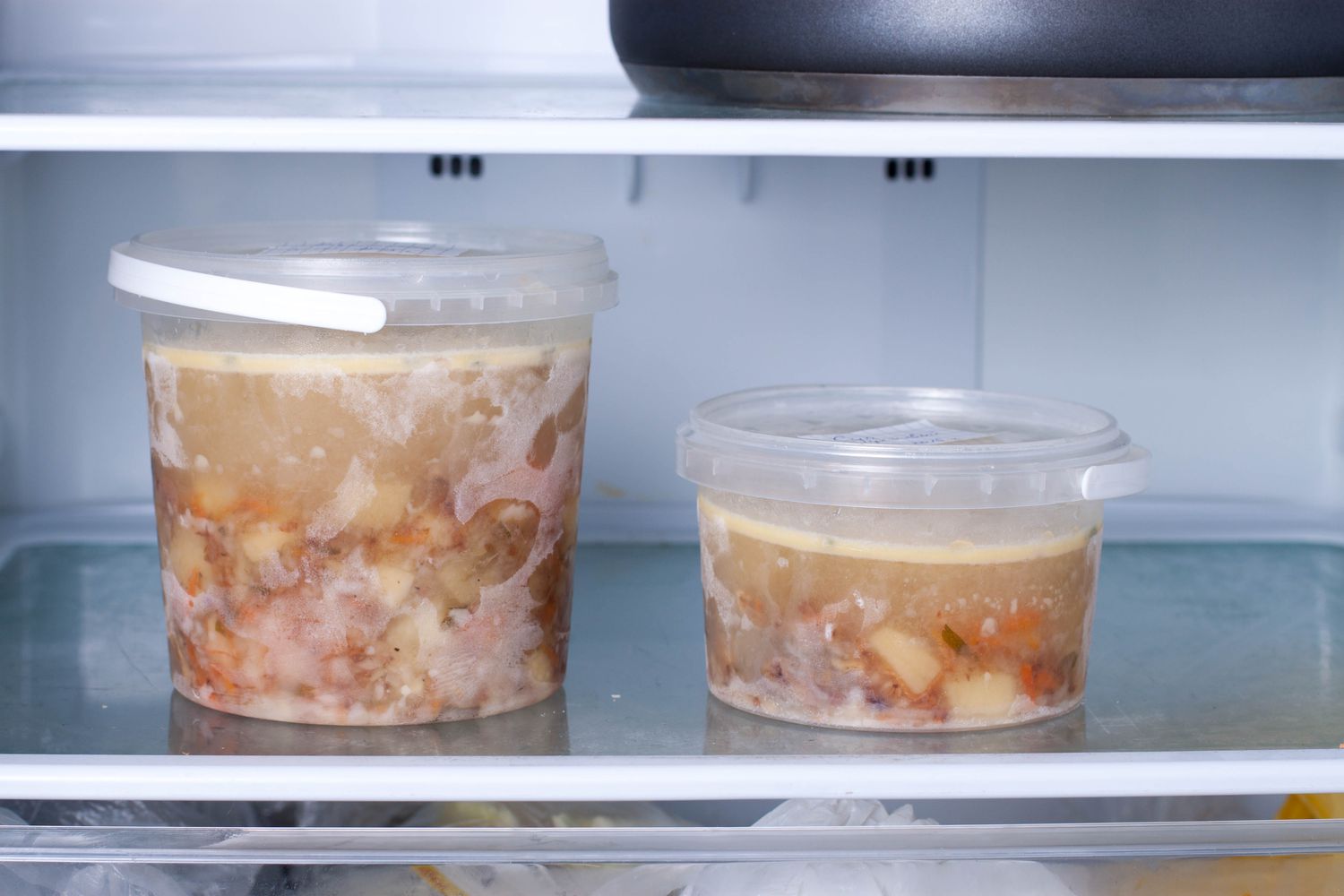
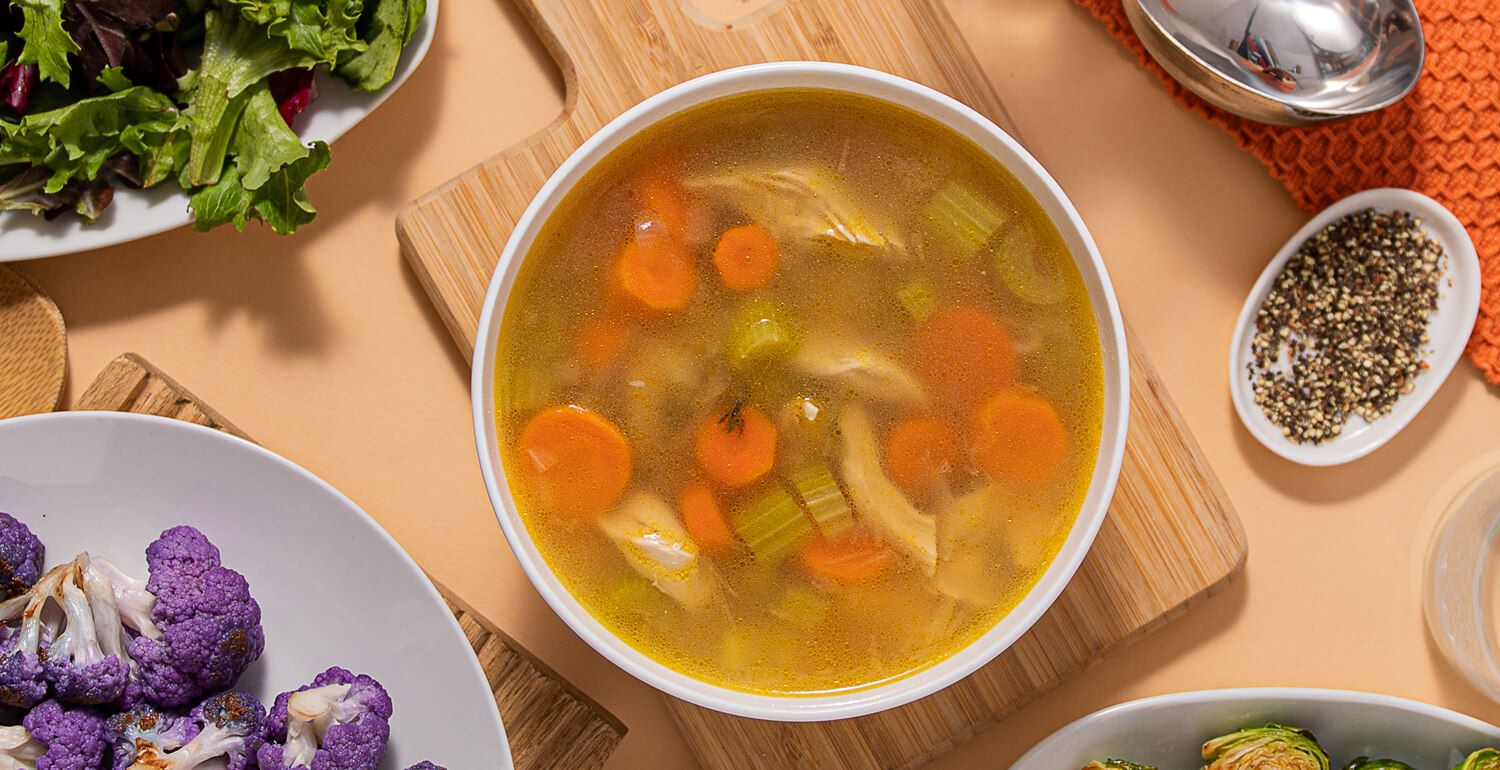
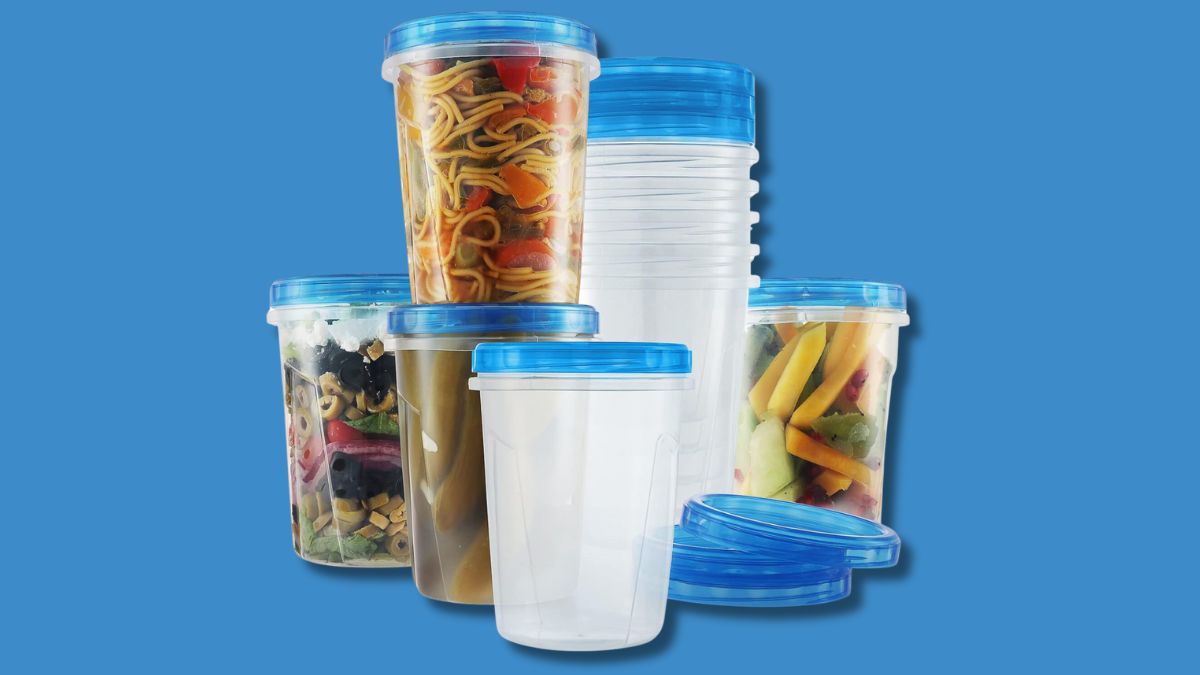

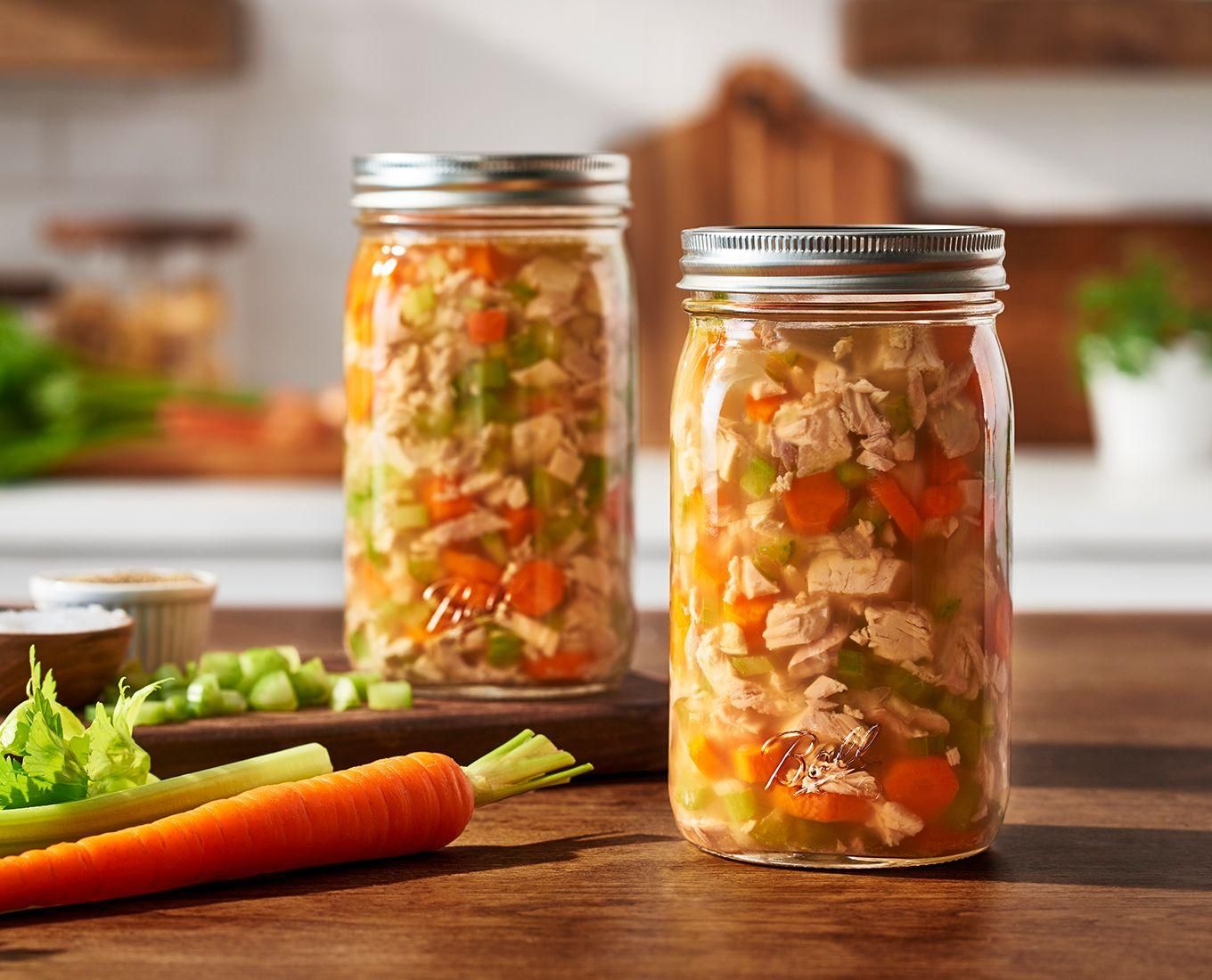
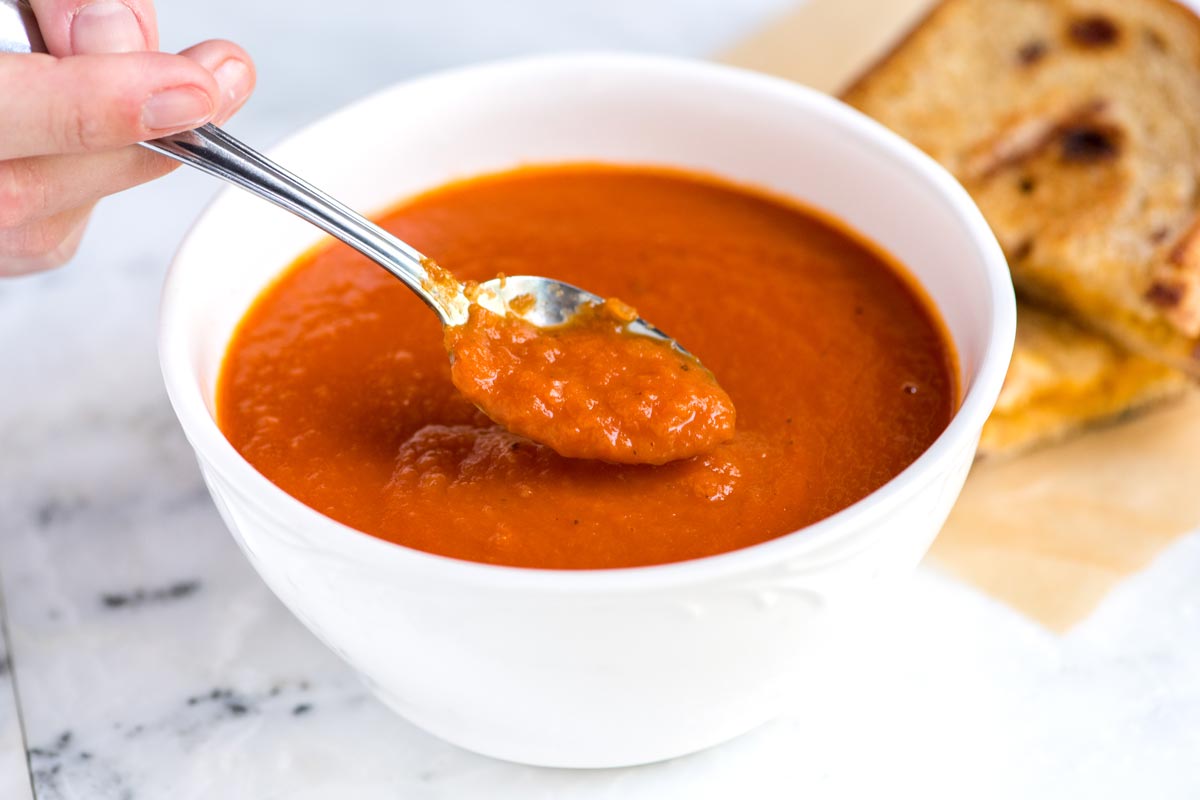
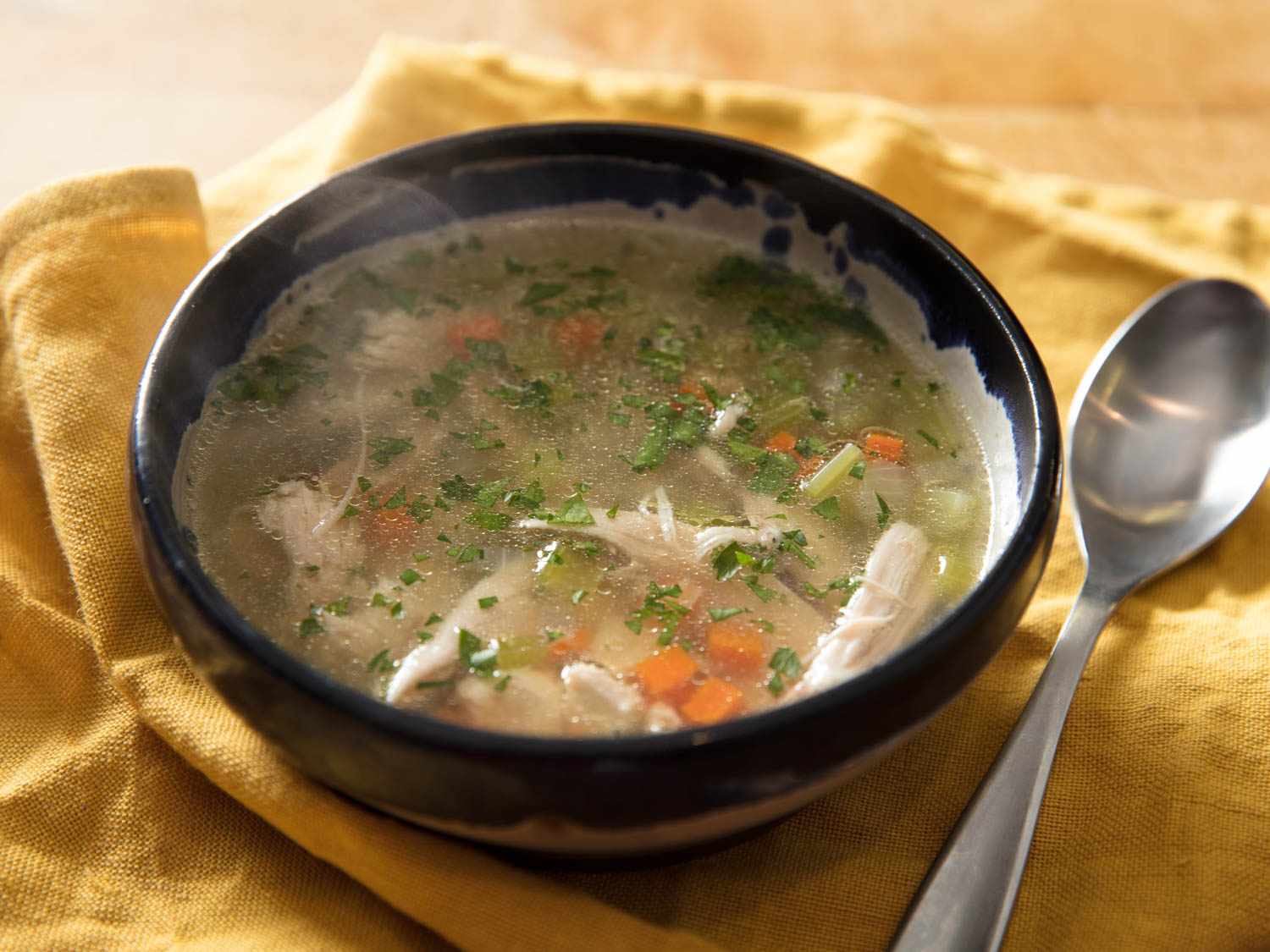
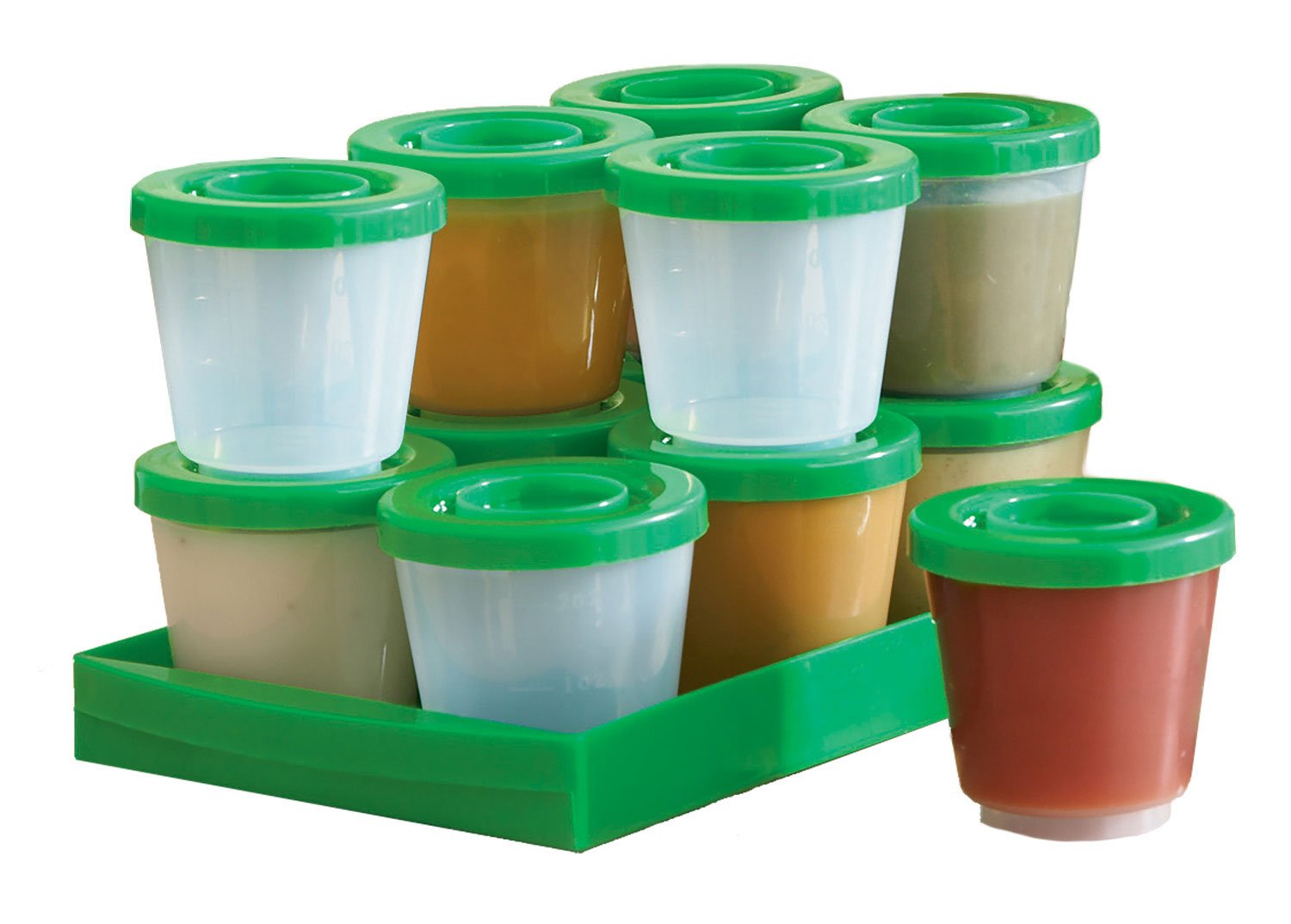



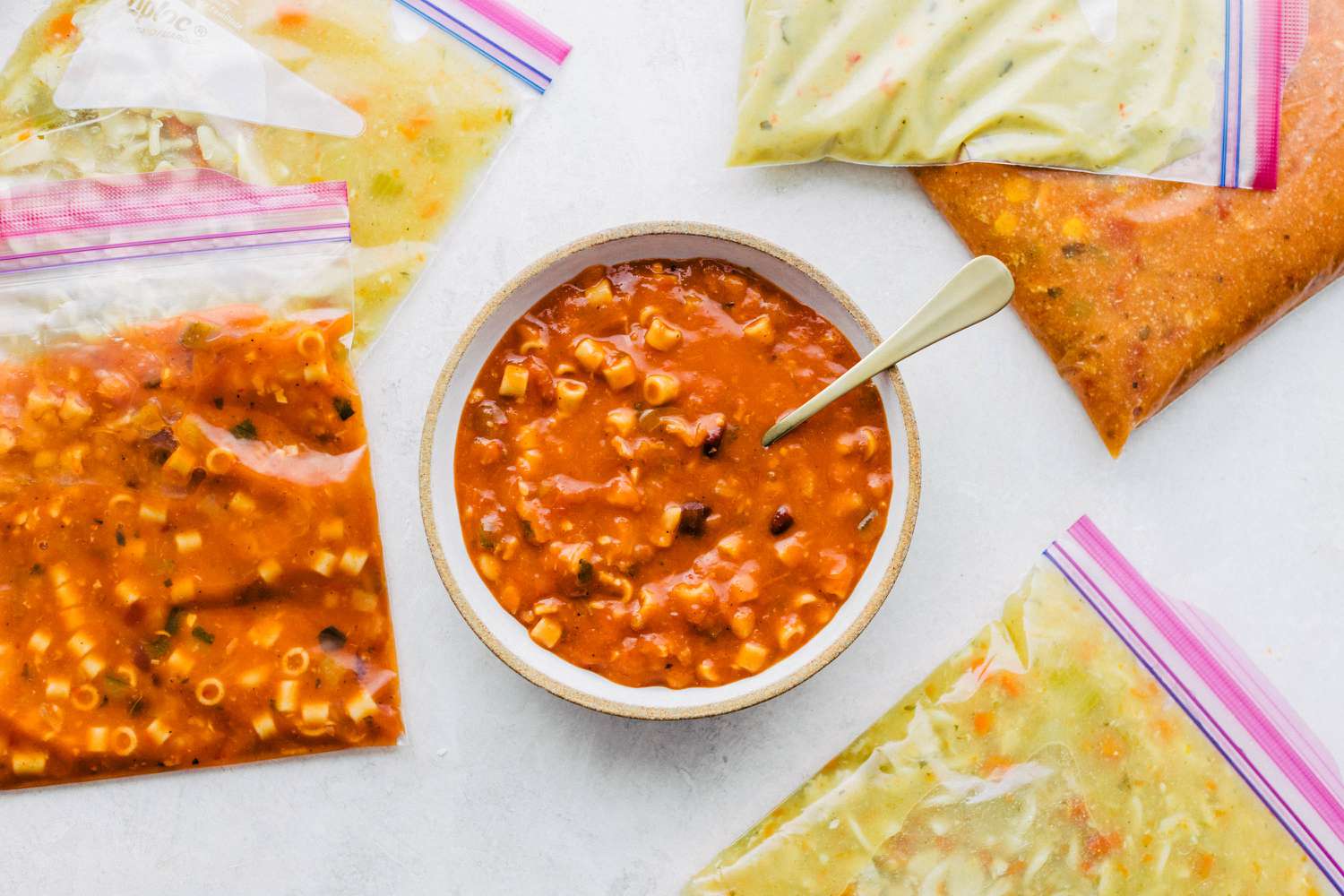

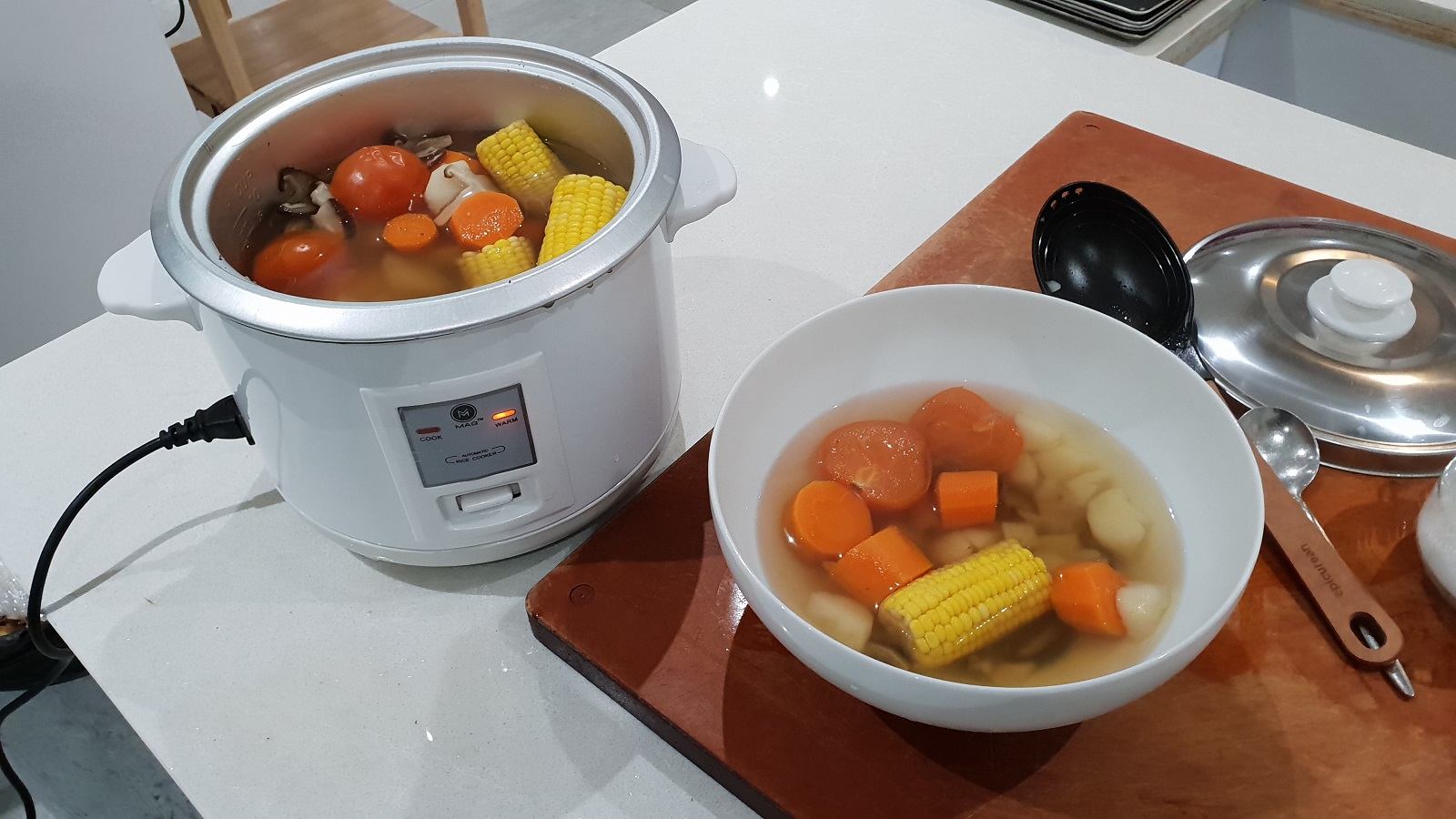

0 thoughts on “How To Store Soup In Freezer”